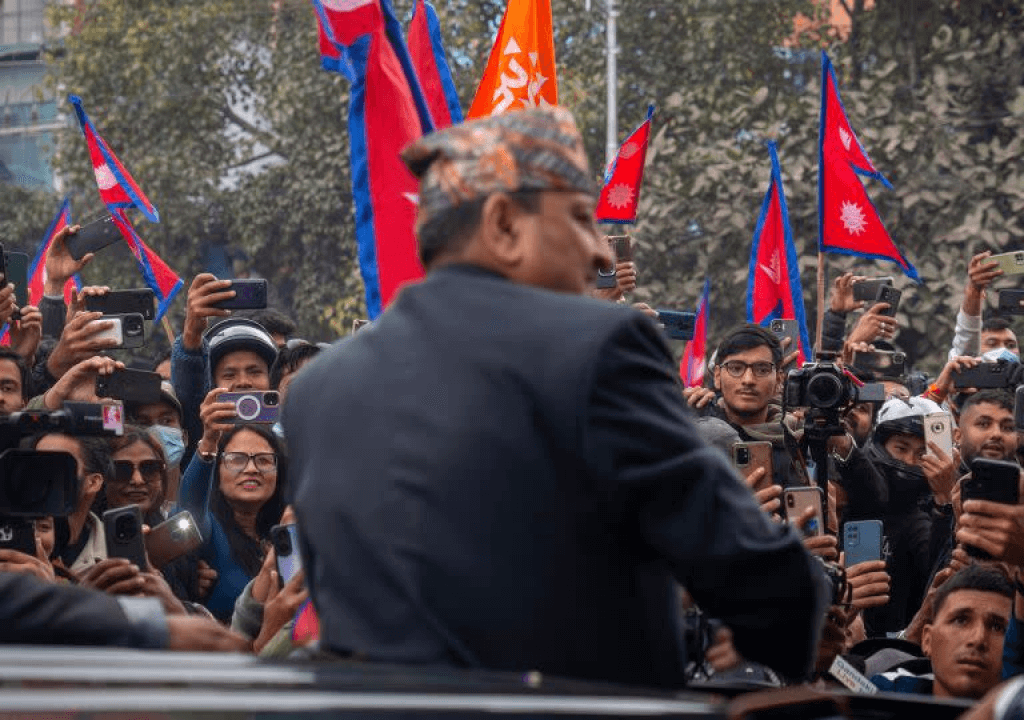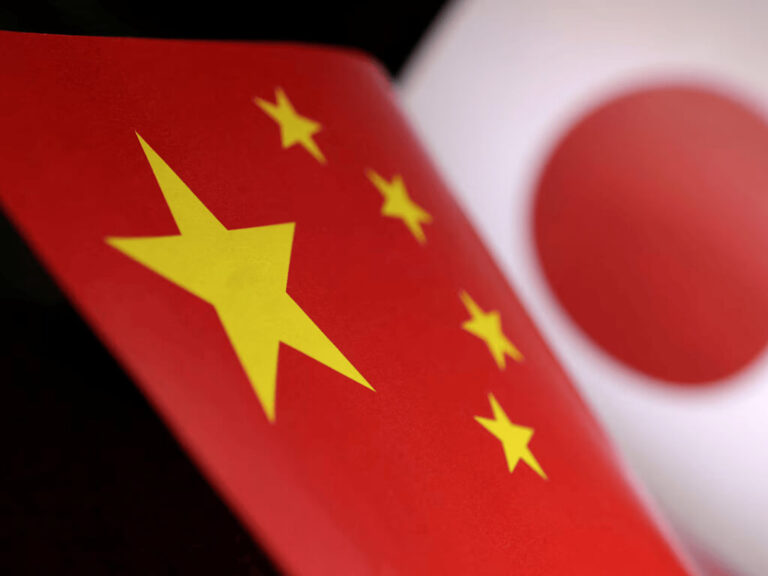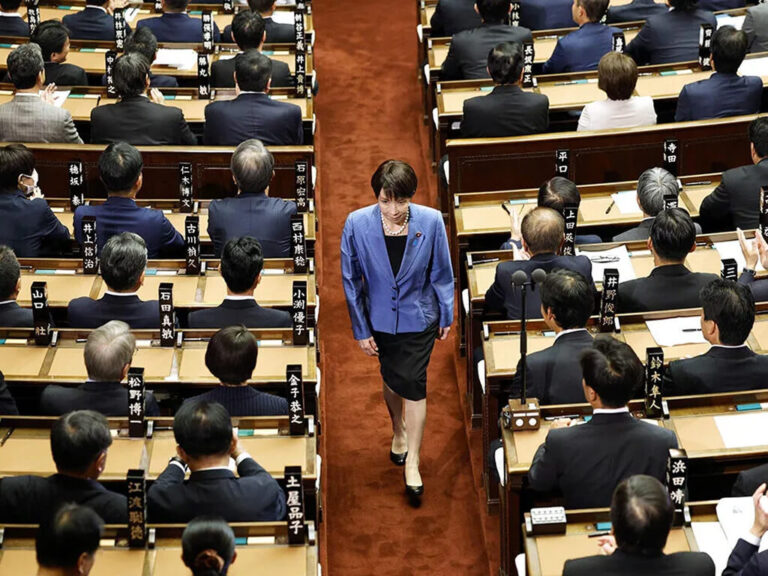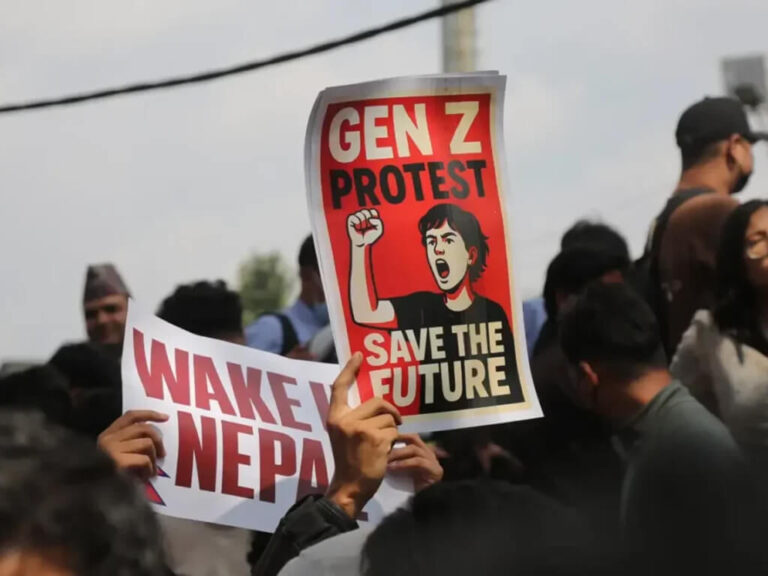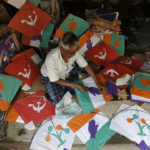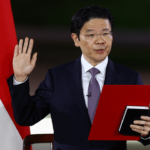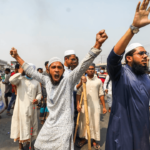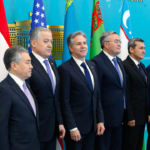Nepal, one of the world’s youngest republics, abolished its centuries-old monarchy in 2008 with the promise of stability and renewal. Nearly two decades later, that promise has unraveled. Instead of progress, democracy has brought political paralysis, economic stagnation, and a deepening public disillusionment. The republic is in crisis, and many are beginning to question whether the revolution was a mistake.
The call for the monarchy’s return is no longer a fringe sentiment. Protesters fill the streets—not out of nostalgia, but out of frustration with the leaders who replaced the king. The government, unnerved by the growing unrest, has responded with crackdowns—at times, with deadly force. The same streets where crowds once gathered to demand democracy are now filled with demonstrators calling for its reversal.
Is Nepal on the verge of reversing its own revolution?
Increasing Protests
Thousands of protesters gathered in Nepal’s capital on Friday, demanding the restoration of the Hindu monarchy and the country’s return to a Hindu state. The demonstrations erupted into violent clashes with police, leaving two people dead and dozens injured. Chaos unfolded as protesters broke through barricades and hurled stones at officers. In response, police fired tear gas, rubber bullets, and live rounds into the air. The unrest quickly spread, with rioters vandalizing homes, shops, and political party offices, even setting fire to buildings, including the headquarters of a newspaper and a TV news channel.
Police spokesperson Shekhar Khanal confirmed that 17 protesters had been arrested, explaining that security forces were left with no option but to intervene when demonstrators attempted to breach restricted areas. He stated that officers used tear gas to disperse the crowd after protesters tried to force their way through, but the situation escalated as they resorted to vandalism and arson. One protester was killed in the clashes, while a journalist lost his life when a building was set on fire. However, royalist protesters claim that the police were the first to resort to violence.
Government Tightens Control
The government recognizes the gravity of the escalating unrest and has decided to take stronger measures. Support for the pro-monarchy movement has surged amid Nepal’s deepening political and economic instability, fueling widespread dissatisfaction. However, the government’s primary concern remains suppressing the protests, fearing they could spiral into a crisis capable of toppling the administration—an outcome not uncommon in South Asia.
In response, authorities have imposed a curfew in parts of the capital and deployed security forces to maintain control. Prime Minister KP Oli has convened an emergency cabinet meeting to assess the escalating security crisis.
The protests, the largest since 2023, highlight the growing momentum behind the push for the monarchy’s restoration. Earlier this month, over 10,000 supporters gathered at Kathmandu airport to welcome former King Gyanendra, chanting calls for his reinstatement. Ahead of the demonstrations, the Committee for the Restoration of Monarchy clarified that their demand was for a constitutional monarchy—one that would coexist with a democratic government and serve as a stabilizing force above politics. However, the government remains staunchly opposed, and Gyanendra himself has a history that suggests a deep affinity for power.
A monarch once much hated
As royalist support gains momentum, apprehension over the monarchy’s return persists. While nostalgia for the past is growing, the monarchy was once widely despised—a sentiment that fueled Nepal’s deep political strife, akin to civil war, the rise of the Maoist insurgency, and prolonged instability. The country continues to grapple with the lasting effects of that turmoil.
Gyanendra, the king championed by royalists, remains a polarizing figure. He ascended the throne in 2001 after a mass shooting at the royal palace claimed the lives of most of his family. Initially, he held only ceremonial authority, but in 2005, he seized absolute power, dissolving the government, imprisoning political leaders, declaring a state of emergency, and deploying the army to govern the country. Widespread protests ultimately forced him to cede control to a democratically elected government in 2006. Two years later, in 2008, parliament formally abolished the monarchy.
A failed democracy
People once fought fiercely for democracy, but many now question whether it was worth it. Since the republic’s establishment, Nepal has been mired in political instability, with fragile coalition governments collapsing within months and senior leaders entangled in corruption scandals. Public frustration has steadily grown, fueling the resurgence of the pro-monarchy movement. Many supporters do not believe the king will miraculously fix the country, but they see no alternative as corruption deepens and social decay forces their children to seek opportunities abroad. Their disillusionment has driven them back to the streets.
Meanwhile, pro-government voices claim the movement is fueled by nostalgia, with protesters longing for an imagined era of stability—particularly the so-called “glorious days” of the 1980s, a period Nepal never truly experienced as other nations did. Some, especially the communist leaders now in power, accuse India of interference, arguing that New Delhi would prefer a monarchy over a pro-China republic in Nepal.
Regardless of the competing narratives, one reality is clear: Nepal’s democracy has failed its people, and they are exhausted.

